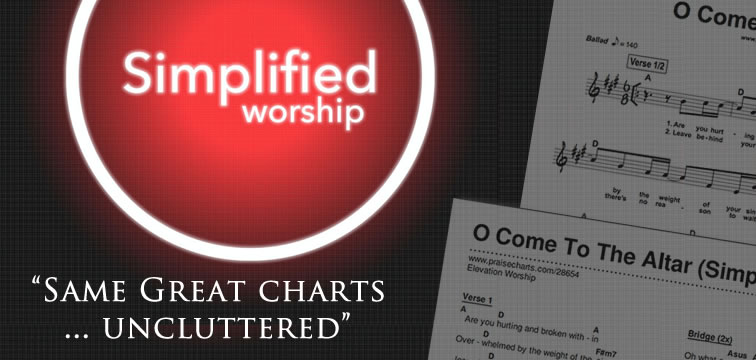Download Our Top Songs In A Wide Range Of Keys
Posted on November 13, 2015

Most congregational songs can be led in a wide range of keys. Finding the right key depends on many variables, including the vocal range of the leader, the instrumentation, the sound system, and the size of congregation. In the last few months, we have began to expand the available keys for our top selling songs. Changing keys involves more than just a few clicks in Finale. Often times, instrumental and vocal parts have to be totally re-voiced to fit the new range of harmonies and melodies. The process is time consuming and costly, but worth the effort the most popular songs in our catalog.
How do you know what key is best for you? Here are a few tips:
- First, consider your own vocal range (assuming you are the leader). If you can't sing the melody with confidence, chances are that your congregation won't follow.
- Consider the context of your worship service. If you're a small group in a living room, sitting on couches, chances are you'll be more comfortable in a lower vocal range than if you are in a stadium full of thousands of people. Most church worship services are somewhere in between, and you have to know your context.
- Consider the style and tempo and basic energy of the song. Generally, the louder you sing, the higher you can sing. So, a slow tempo song should be keyed lower in the vocal range.
- Consider your band. If you are playing with an intermediate orchestra, consider the actual keys that the trumpet and saxes are playing in. Keys of Bb, C, Eb, F and G are much more "brass-friendly" than B, E, F# and A. However, if your band is full of electric and acoustic guitars, then the key of E, G, A and B are preferred (unless, of course, they just throw on a capo).
Whatever key you choose, at least you'll now have a wider range of options.
